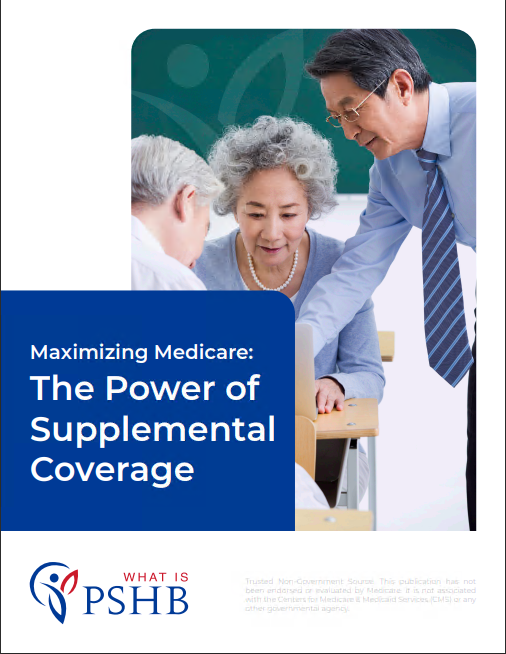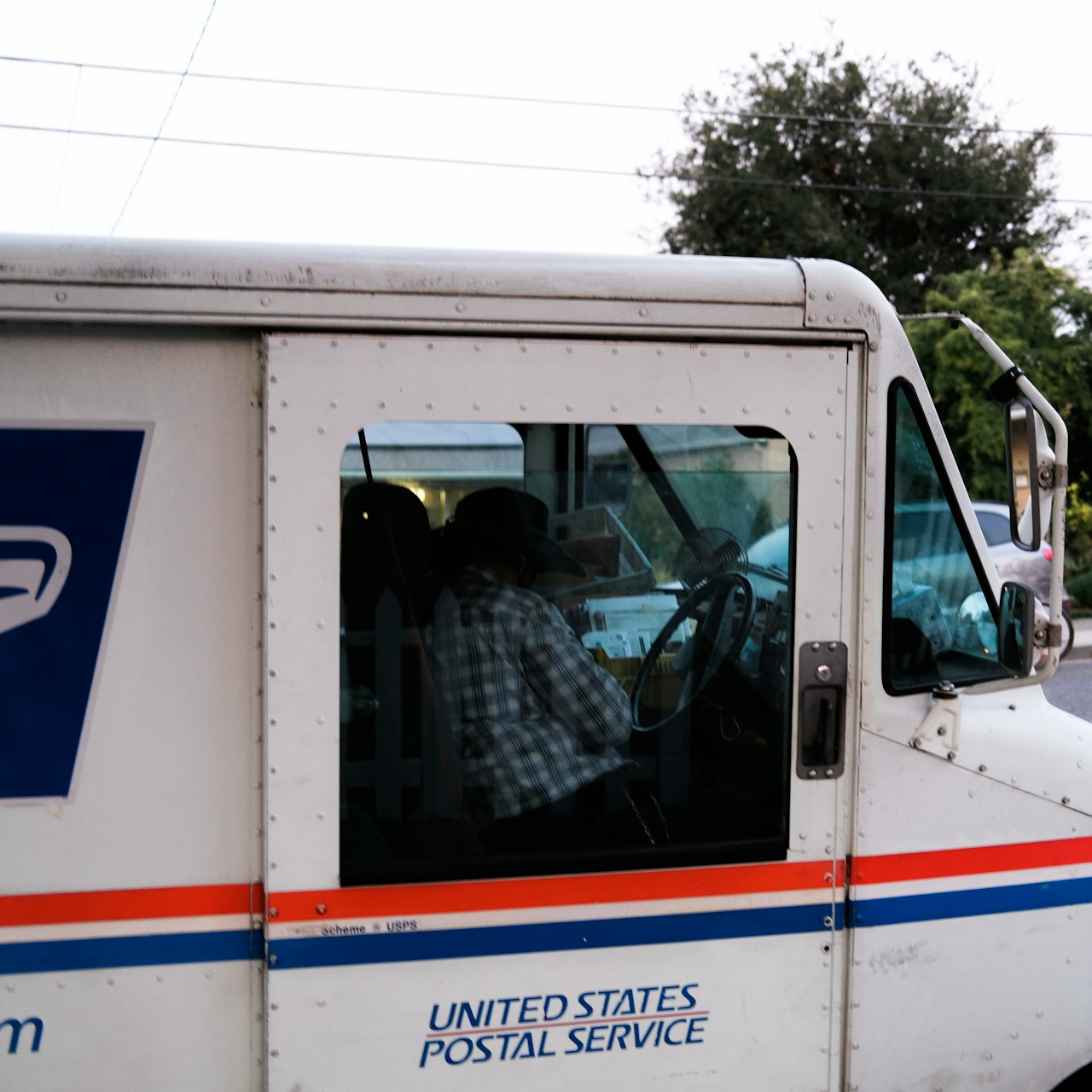Key Takeaways:
-
The 2025 Postal Service Health Benefits (PSHB) program is designed to provide USPS workers and retirees with tailored health coverage options and improved access to care.
-
Preparing for Open Season and understanding how Medicare integration impacts your choices will ensure a smoother transition to the new system.
A Big Shift in Health Benefits for Postal Workers
The 2025 transition to the Postal Service Health Benefits (PSHB) program isn’t just a minor tweak to your healthcare plan. It’s a major change aimed at providing you with better, more relevant coverage. Whether you’re still working or already retired, these changes are designed to address your specific needs as part of the USPS workforce. Let’s explore how this shift might improve your healthcare and what steps you need to take to prepare.
Why Is the PSHB Program Different?
PSHB replaces the Federal Employees Health Benefits (FEHB) system exclusively for USPS employees and their families. With tailored coverage and integration with Medicare for retirees, it’s a significant upgrade meant to offer more efficient and relevant options.
Customized Coverage for Postal Workers
PSHB plans are designed specifically with USPS employees in mind. This means that the coverage options are structured to reflect the unique challenges and requirements of postal workers. Whether you’re focused on family coverage or comprehensive retirement healthcare, PSHB aims to meet those needs better than its predecessor.
Medicare Part B: A New Requirement
If you’re eligible for Medicare and retired, enrolling in Medicare Part B will now be mandatory to maintain PSHB coverage. This requirement might come with additional costs, but it also ensures more extensive coverage by combining Medicare benefits with those of PSHB plans. If you retired before January 1, 2025, and are not enrolled in Part B, you might qualify for an exemption.
Streamlined Plan Choices
One of the standout features of the PSHB program is its simplicity. With fewer but more targeted options, you won’t need to sift through dozens of irrelevant plans. Each choice is tailored to align with USPS workers’ specific healthcare needs, making the selection process easier and more effective.
Open Season: Your Time to Act
The Open Season enrollment period from November 11 to December 9, 2024, is your window to evaluate and select a PSHB plan. Missing this crucial period could mean being automatically enrolled in a plan that may not suit your preferences. Here’s how to prepare:
1. Review Your Current Coverage
Start by taking stock of your existing FEHB plan. What’s working? What needs improvement? Use this evaluation to identify what you’re looking for in a PSHB plan.
2. Understand Medicare Integration
For retirees, it’s vital to understand how Medicare Part B will work alongside your PSHB plan. Knowing what each covers will help you avoid surprises and plan for any changes in out-of-pocket costs.
3. Explore Your Options
USPS offers resources like webinars, FAQs, and plan comparison tools to help you navigate the transition. These resources are invaluable for understanding the details of your options and making an informed decision.
Key Questions to Ask About Your Health Benefits
To make the most of your healthcare options, it’s essential to ask the right questions. Here are some critical ones to consider:
What Happens If I Don’t Act During Open Season?
If you don’t actively choose a plan, you’ll be automatically enrolled in one that’s deemed comparable to your current coverage. While this ensures you won’t lose benefits, it’s better to take control and select a plan that aligns with your needs.
How Will My Costs Be Affected?
Depending on your plan choice and Medicare integration, your costs might shift. Some retirees could see savings due to Medicare’s role in reducing out-of-pocket expenses, while others might need to adjust their budgets for additional premiums.
Are My Current Providers Included?
Provider networks can vary significantly between plans. Confirming that your preferred doctors and facilities are covered is crucial to maintaining continuity in your care.
Will My Family’s Coverage Change?
If you’re covering dependents, make sure the plan you select meets their needs. Verify eligibility and ensure comprehensive coverage for everyone included in your policy.
Benefits of the PSHB Overhaul
While transitioning to a new system can feel daunting, the PSHB program offers several advantages that are worth noting:
Better Coordination for Retirees
Integrating Medicare Part B with PSHB coverage creates a more seamless healthcare experience for retirees. This coordination ensures that you’re protected from high costs while still accessing essential services.
Simplified Choices
With fewer plans to consider, you’ll spend less time sorting through irrelevant options. Each plan is curated to suit USPS workers and retirees, streamlining the decision-making process.
Tailored USPS Benefits
PSHB plans are structured around the realities of postal work, addressing specific needs like occupational health and chronic care management. This focus ensures more relevant and effective coverage.
Challenges You Should Be Aware Of
Even with its benefits, the PSHB program isn’t without its challenges. Being prepared for these will help you navigate the transition more smoothly:
Understanding New Costs
Changes in how premiums and out-of-pocket expenses are structured may require adjustments to your financial planning. Knowing what to expect can prevent surprises down the line.
Navigating Medicare Requirements
If you’re unfamiliar with Medicare Part B, the enrollment process and associated costs can be confusing. Missing deadlines could lead to penalties, so it’s important to stay informed.
Limited Timeframe
The Open Season window is short, so it’s essential to start your research early. Having a clear plan will help you make the most of this critical period.
Tools and Resources for a Smooth Transition
USPS is offering a variety of resources to help you make informed decisions during the switch to PSHB. Here are some of the most useful tools:
Online Webinars
USPS-hosted webinars provide detailed explanations of the PSHB program, covering everything from plan details to Medicare integration. These sessions are a great way to get your questions answered in real-time.
Plan Comparison Charts
Comparison tools let you evaluate the benefits, costs, and provider networks of different plans side by side. Use these charts to identify which plan aligns best with your priorities.
Professional Guidance
If you’re feeling overwhelmed, consider consulting with a benefits advisor or financial planner. These professionals can offer personalized advice to ensure you’re making the right choice.
Steps to Take After Choosing Your Plan
Once you’ve selected a PSHB plan, there are a few steps you should take to finalize your transition:
-
Verify Your Enrollment: Check that all your information is correct and that your dependents are covered.
-
Notify Your Providers: Inform your healthcare providers about any changes to your insurance coverage.
-
Monitor for Updates: Stay on top of any additional communications from USPS regarding your new plan.
Looking Ahead to 2025
The 2025 PSHB program represents a significant step forward in how USPS employees and retirees manage their health benefits. By offering tailored coverage, simplifying choices, and integrating with Medicare, this overhaul aims to provide a better healthcare experience. With the right preparation, you can take full advantage of what PSHB has to offer and ensure that your coverage meets your needs now and in the future.
Take Charge of Your Healthcare
The upcoming changes to USPS health benefits are an opportunity to improve your coverage and streamline your healthcare. Don’t let the transition overwhelm you—start preparing now to make informed decisions that benefit you and your family.








